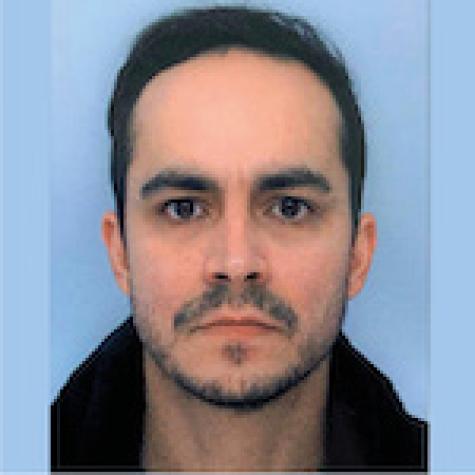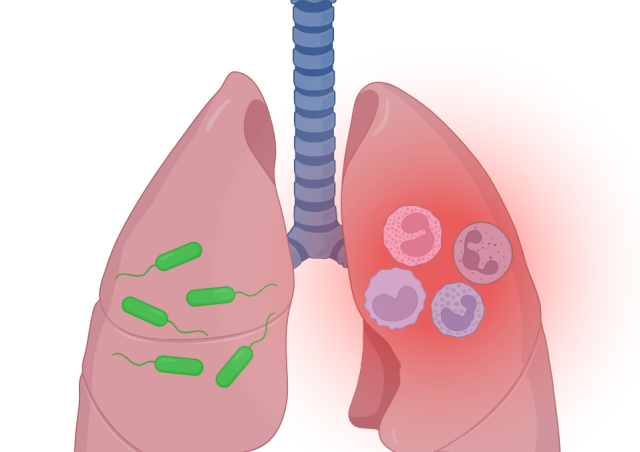Associated members
Project
Today, we know that the neutrophil is involved in many non-infectious pathologies in which it was perfectly ignored, such as cancer, autoimmune, cardiovascular or allergic diseases. Over the past decade, the image of the neutrophil has undergone a metamorphosis. New concepts have emerged :
- it has become a cell endowed with plasticity, with the emergence of neutrophil subpopulations with immunomodulatory functions
- capable of “reverse” migration
- highly sociable, with a great capacity for dialogue with other immune cells
- complex, regulated cell death programs

PCNA (Proliferating Cell Nuclear Antigen) : an unexpected player in neutrophil apoptosis. PCNA has been described as a nuclear protein with an evolutionarily conserved trimeric structure. PCNA serves as a platform for coordinating the complex processes of DNA replication and repair. In neutrophils, a cell lacking proliferative capacity, PCNA is exclusively cytosolic. In neutrophils, PCNA is a trimeric protein (blue) that can associate with numerous proteins to form a protein platform. Like nuclear PCNA, cytoplasmic PCNA adapts to neutrophil physiology and promotes survival. Under basal conditions, in the absence of infection or inflammation, PCNA is associated with partners such as procaspases to prevent spontaneous apoptosis. 2) Under conditions of induced survival (inflammation, G-CSF treatment, anoxia), new partners of PCNA (such as the p21/waf1 protein) will associate and modulate the protein platform to promote neutrophil survival. 3) During physiological neutrophil apoptosis, PCNA is degraded by the proteasome, enabling the release of procaspases. 4) Neutrophil survival after bacterial phagocytosis is also modulated by PCNA. This modulation is dependent on the type of bacteria.



PCNA is a novel regulator of NADPH oxidase. Our latest work has shown PCNA to be an essential key in the control of NADPH oxidase via its specific association with the p47phox protein (Ohayon et al J Exp Med 2019). This work provided proof of concept that PCNA inhibition in neutrophils could have a powerful anti-inflammatory therapeutic effect, particularly in a colitis model.
PCNA : a chemotherapy resistance marker in leukemia cells. We have shown that the exclusively cytosolic localization of PCNA in neutrophils results from an active export mechanism dependent on the exportin CRM-1. We identified the NES sequence in PCNA, located within the trimer and active only when PCNA is monomeric (Bouayad et al J Biol Chem 2012; De Chiara et al J Leukocyte Biol 2013).
We observed that the presence of cytoplasmic PCNA in daunorubicin-resistant HL60 cells favored their survival and could constitute a new therapeutic target or biomarker of treatment response.














